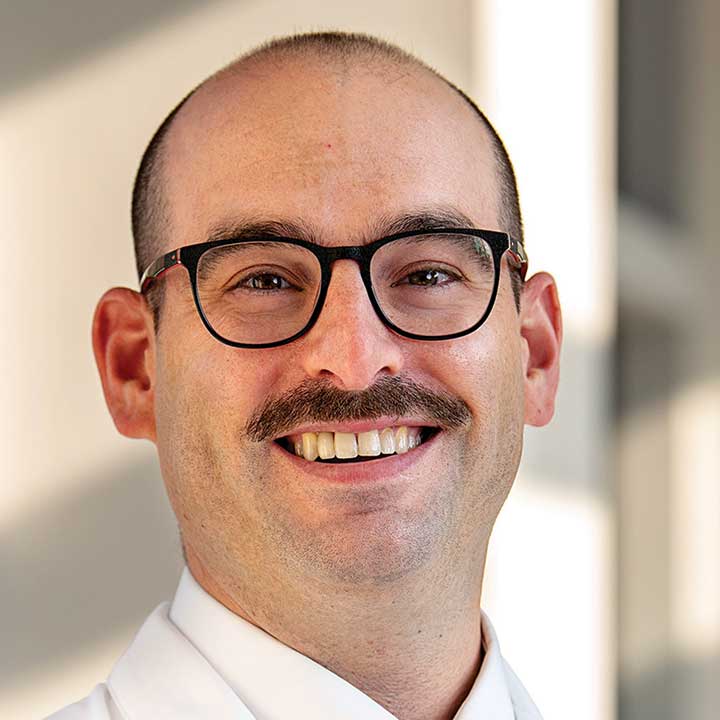Warm weather means ‘trauma season.’ Here’s what emergency medicine experts want you to know

When the weather turns warmer, emergency department staff remind one another that “trauma season” is coming. It’s the time of year when we prepare to care for an increased volume of patients who’ve suffered traumas, such as motor vehicle accidents, burns and sporting injuries.
With more hours of daylight, people are more active. Families are taking weekend trips and motorcyclists are on the road. More of us are rollerblading, riding bikes, waterskiing or using personal watercraft. People may be drinking more alcohol, using fireworks or gathering around bonfires. Warm weather also tends to coincide with more gunshot wounds and other interpersonal violence.
How emergency department staffs prepare for trauma season
Emergency departments are fairly full year-round. During trauma season, we try to keep an eye on resuscitation beds to ensure they’re available at all times. Such beds are in larger rooms with easy access to blood supplies and with specific resources, including operating room lights, “crash carts” stocked with emergency medical equipment, accessibility to drugs used to revive people in emergencies and cards outlining emergency procedures. In the winter, there may only be one resuscitation bed consistently available, but in the summertime, we do everything we can to make sure those beds are open and not used for patient overflow.
How we predict injuries in certain seasons
Using data, we attempt to predict the trauma volume and plan accordingly. Research has shown that the number of trauma patients can fluctuate not only based on the season, but also days of the week, weather events and other variables.
While spring and summer tend to bring an increase in trauma patients, we usually see an uptick in frostbite injuries during winter months, when burn injuries can also be high, often due to people using space heaters to warm their homes.
Tips for staying safe and staying out of the emergency department
Wear a seatbelt whenever traveling by car. Safety belts reduce risk of mortality by at least 40%.
Wear a helmet when on a motorcycle, when using an ATV, riding a bicycle or engaging in other sporting activities such as rollerblading or skateboarding. For motorcyclists, helmets reduce the risk of crash-related head injuries by 69%.
Use other appropriate safety gear to reduce your chance of road rash, broken bones, crush injuries and other or serious harm.
Never use gasoline to start a fire. And never use any flammable accelerants, including gasoline and lighter fluid, on an active fire. Also, don’t mix alcohol and fire. Drinking alcohol can limit your ability to tell whether something is too hot, and we’ve seen several people fall into fires when impaired.
Be cautious of fireworks, which cause explosions and can lead to burns. Read warnings and follow instructions. Make sure children have adequate supervision. And refrain from using fireworks while drinking alcohol.
Carry a tourniquet for bleeding control and learn how to use it through the American College of Surgeons’ STOP THE BLEED initiative. Tourniquets can save lives when used to control bleeding from an extremity until help arrives.
Read more on which home emergency devices are worth buying
After accidents, take the advice of the health care personnel who provide you with emergency medical services. If they recommend that you go to the hospital, you should go. Otherwise, you could get home and realize you’re much sicker than you thought.
Avoiding other warm weather dangers
Avoid heatstroke and other health concerns during hot weather by drinking water regularly, using air conditioning when needed, staying in the shade when outdoors and wearing sunscreen. Be especially careful when drinking alcohol, which causes dehydration.
Heatstroke can be life-threatening, with high body temperatures that can damage the heart and kidneys and lead to unconsciousness. If you’re overheated and feeling confused, dizzy, weak or sick to your stomach, call 911.
When visiting a national park or state park, review the site’s website beforehand to find locations of first aid stations and to check for any safety advisories. Make sure you share your plans with someone who's not traveling with you.
When camping, hiking or boating, especially in remote areas, take adequate water and other supplies in case you get lost or inured. Use an app like “What Three Words,” which assigns three words to 10-foot squares across the globe; you can use the information to alert emergency services to your whereabouts if you get lost or injured.
Keep a travel first aid kit on hand for things like bee stings or to clean and cover any minor wounds.
If you visit the emergency department, make sure you take a list of your medications and if possible, call your doctor on the way. And it’s always a good idea to alert your primary care provider or a physician who’s treating you for a condition that might be relevant to your injury or illness.

When an emergency strikes, turn to The Ohio State University Wexner Medical Center’s full-service, state-of-the-art emergency departments
Our facilities are equipped to handle any medical emergency.
Find a location near you




